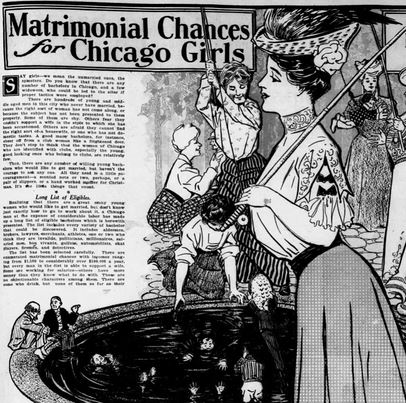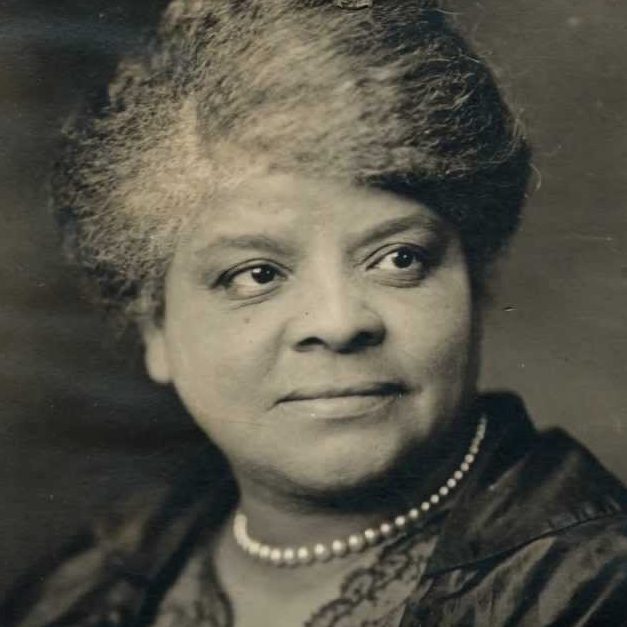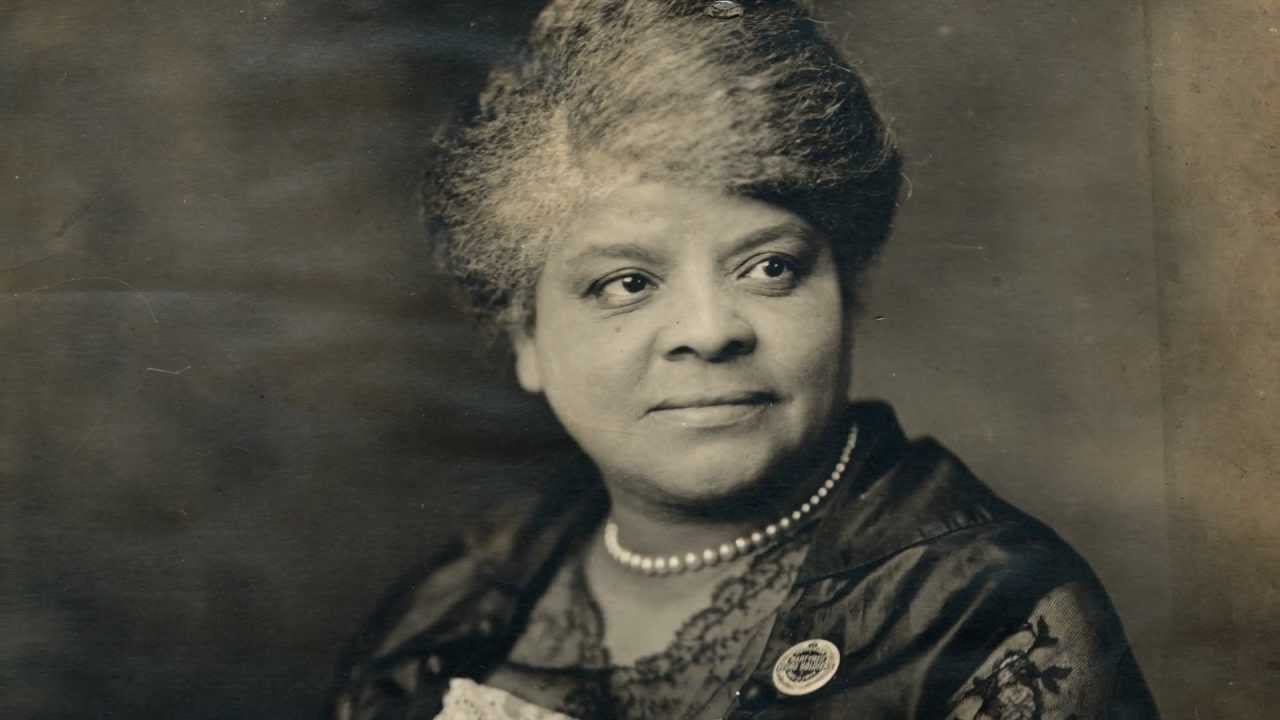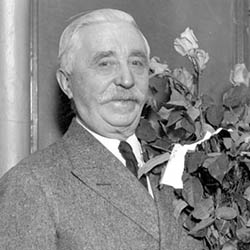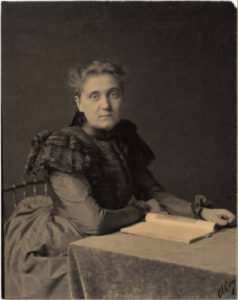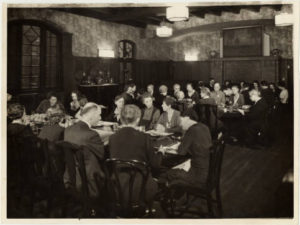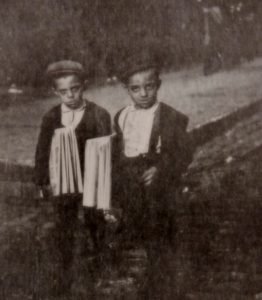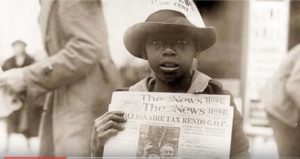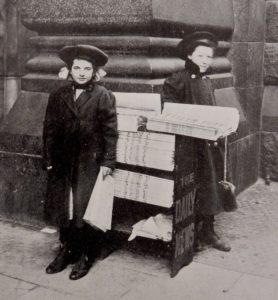Mary Rozet Smith was well-loved by a long list of extraordinary, historically important women who came through the doors of Hull-House in Chicago. From 1889, when she first visited the settlement and met its young, then unknown founder Jane Addams, until 1934, when she died suddenly of pneumonia at the age of sixty-five, Smith was an unwavering supporter of Hull-House, its residents, and its activities. She became, along with her wealthy and generous family, one of Hull-House’s most important donors. She was also for nearly forty years the dearest friend and most intimate companion of the incomparable Jane Addams. Yet Mary Rozet Smith remains something of a mystery.
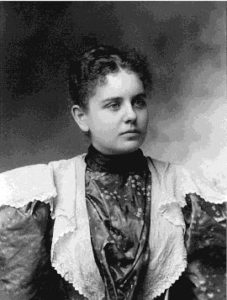
Despite her importance to the story of Hull-House and to the personal life of Jane Addams, Mary Smith is an elusive wisp of a historical figure. She was, apparently, content in the shadows, wanting nothing more, or so it seems, than to be generous, to be a devoted daughter, to be a cherished friend, and to be a special confidant of Jane Addams. Mary Smith’s proximity to the most famous social experiment in American history could have made her a valuable witness and informant of that history. Instead, she left historians very few clues about her life, and the loss of her letters to Jane Addams deprive us not only of her voice in that relationship but also of her own importance as a Chicago philanthropist. As Jane Addams’ nephew James Linn wrote in his biography of his beloved aunt: “the interests of [Hull-House] remained the center of her own interests, and the friendship of Mary Smith soon became and always remained the highest and clearest note in the music of Jane Addams’s personal life.”
Just after Mary Smith died, long-time Hull-House resident Dr. Alice Hamilton wrote her sister from Chicago: “I can’t look at my grief over Mary because I should lose my grip. When I came out here I told Mary that she must get well, that she could live on without J. A., but J. A. could not live without her.” Jane Addams had suffered a second heart attack and died just thirteen months after Smith, so the statement was, perhaps, prophetic. But more importantly, what resonates in Hamilton’s words and in Linn’s words, too, is the centrality of Mary Rozet Smith to the Hull-House universe. She was embedded in the heartbeat of the institution and its women, and to one woman in particular, Jane Addams, she offered quiet domestic solace to balance the chaos of public life. However, we cannot truly know who Mary Rozet Smith was, because there is so little evidence of her activities found in newspapers, pubic documents, and organizational records; and, most unfortunately, very few of her own words survive her.
As I work on the annotation for Vol. 4 of the Selected Papers of Jane Addams, covering the years 1901-1913, and as I research and write the more than 100 footnotes about Mary Rozet Smith that will appear in the volume, I am missing her voice. When I read any of the seventy-three letters Jane Addams wrote to her during that period, I mourn the loss of her letters to Addams. Not a single letter of hers to Addams survives from those years, and I sometimes curse Jane Addams for destroying correspondence which would, I suspect, provide rich context not only for their relationship but also for Smith’s engagement as a sister of Hull-House. I am editing Addams’ papers and not Smith’s, I know, but I also know we are impoverished in our ability to fully contextualize Addams’ letters without Smith’s corresponding letters. One-sided correspondence is always a disappointment to the historian, who is left by the absent voice of one of the correspondents to answer the historical questions they raise and to ponder the important historical contexts they inspire with half of the pieces of the puzzle missing.
We have selected thirty of Addams’ letters to Smith for Vol. 4, and on their own they are rich, filled with the details of Addams’ reform activities, her writing habits, her ideas, her public speaking, and her daily life. They are also filled with details of the travels of Addams and Smith, of their health, of their shared concern for each other’s families, of their shared network of friends, and of their frequent separations from each other, due to Smith’s illnesses and Addams’ extensive lecturing and involvement in national and international organizations. However, without Smith’s letters, we are left wanting more to fill in the details, gaps, and silences that are an unfortunate characteristic of one-sided correspondence.
When Addams wrote to her “Dearest,” her “Darling,” sometimes her feelings of love and longing for Smith are clear. In a 1902 letter she wrote: “You must know, dear, how I long for you all the time—and especially during the last three weeks. There is reason in the habit of married folk keeping together. Forever yrs.” In a 1904 letter, she opined: “Your letters are the most cheerful things that I have and you must know that I am mightily empty hearted without you.” And in a 1909 letter she offered three little words that she offered to no other correspondent: “I love you.”
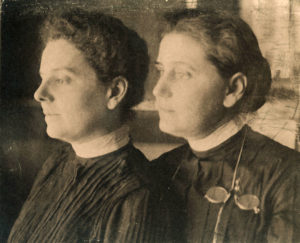
Jane Addams’ letters to other women among her close circle of friends and Hull-House residents, such as Lillian Wald and Julia Lathrop, were filled with affection. Addams wrote with the intimate language that was the natural and ordinary way of letters between women during this period in American history, when half of all college-educated women did not marry and the kinship of female friends was loving and strong. In a precious few letters, the reader cannot help but to see Addams’ particular tenderness for Smith. However, in most of her letters, Addams’ language is more muted, her tone more guarded, and the content merely practical and informative, many the hasty missives of a busy woman. In those less intimate letters, Addams almost always addressed Smith as “Dearest,” a moniker of affection she reserved for her alone, and she closed all letters with very tender words, but these letters offer far fewer clues about the relationship between the two women and the various contexts of their lives together.
I wonder if the language Smith employed in her letters to Addams mirrored the language Addams used. Was there a tonal difference in her letters to Addams than what she employed in letters she wrote to their mutual friends? What words did she use to express her feelings for Addams? What terms of endearment did she choose to begin her letters to Addams, and did she often write “I love you.”? When Addams shared with Smith her doubts and fears about a book manuscript or an important speech, did Smith respond with a pep talk, a gentle critique, or some soothing, emotional refrain? Did Smith share her own doubts and fears with Addams in her letters, and did she share her hopes and dreams and opinions on the reform topics that occupied the minds of Jane Addams and other Hull-House residents? Did she provide details of her asthma attacks and nervous anxiety and other philanthropies, as well and her travels, and did she offer gossip or news that might explain a vague reference we cannot define and may never define without her letters? What was the character of the letters Smith sent that Addams reported as “a great comfort,” and what were the words Smith offered to soothe that others could not?
Maybe Jane Addams destroyed Smith’s letters because they were too intimate or too emotionally embarrassing. Or maybe she destroyed them because she was a private person, despite her celebrity, and she wished to keep her special relationship with Smith from the prying eyes of the modern world that was pressing in on Hull-House in the early 1930s. I don’t really care what her reason was, but I am quite mad at her for doing it. I can’t help it, but it makes me sad to know so little about the woman to whom Jane Addams spent so much of her personal life.
I do not bemoan the loss of Smith’s letters to Addams simply because I think they would for certain answer the big question about their relationship. Maybe they would, maybe they wouldn’t, and then again if they did we would still have to be very careful about projecting our modern notions of female sexuality onto women of the past. As an editor, who contextualizes historical documents as windows to the past, it is not for me to interpret the nature of the relationship that existed between Jane Addams and Mary Rozet Smith. Whether they were the dearest of platonic friends or enjoyed a sexual relationship is not for me to decide. No matter, besides, because in the historical record of their relationship, there are far more questions than answers. That fact is, after all, the frustrating reality of one-sided correspondence.
I am missing Smith’s voice and her words for what they might have brought to the big Jane-Addams-Hull-House party. If we had Smith’s letters to Jane Addams, I would use Smith’s words to answer Addams’ words, to balance Addams’ particularly romantic phrases, to provide our readers with the dialogue between two women who were emotionally close to each other for four decades. But I would also use them to better understand Smith’s role in the Hull-House community, to glean some clues about who she was as a person, what she believed in, what intrigued her, and what made her smile. I would employ them to understand for myself why she was so dear to all of the extraordinary women who knew and loved her.
From Hull-House financial records, we know the scope of Smith’s contributions to the settlement and its activities. From the correspondence and personal accounts of her friends, we know something of her kindness, deportment, gentle nature, and the various physical and emotional illnesses from which she suffered. And from the extant letters Jane Addams wrote to her, we can understand a little bit about her emotional importance to the woman who is the subject of our documentary edition. Ah, but alas, there is so much of whom Mary Rozet Smith was which is lost to us because her letters to Jane Addams are lost to us. Mary Rozet Smith may well have been the “highest and clearest note in the music of Jane Addams’s personal life,” but why she was and who she was as a person will likely remain elusive. She is a woman whom historians have defined entirely by her relationship to Hull-House, and that is all well and good, I suppose, because Hull-House needed her thrive.
But darnit, I wish Jane Addams would have allowed us the chance to know her dear friend better. I wish we had Mary’s words to tell us a little bit more about Jane, and to tell us a little bit about herself, as well. I wish I had thirty or ten or even two of Smith’s letters to Addams to enhance the thirty letters to her we have chosen to annotate. They would not likely answer all of the questions I have, nor would they likely fill in all of the gaps and silences in Addams’ letters; but I suspect they would fill in a whole lot of missing details and offer a nuance or two. I know they would enlighten, enrich, and contextualize, because back-and-forth correspondence usually does. And I bet they may even offer some evidence of those highest and clearest notes in the music.
By Stacy Lynn, Associate Editor
Sources: Allen F. David, American Heroine: The Life and Legend of Jane Addams (New York: Oxford University Press, 1973), 85-91; Gioia Diliberto, A Useful Woman: The Early Life of Jane Addams (New York: Scribner, 1999), 182-87; Jean Bethke Elshtain, Jane Addams and the Dream of American Democracy (New York: Basic Books, 2002), 23-24; Louise W. Knight, Citizen: Jane Addams and the Struggle for Democracy (Chicago: University of Chicago Press, 2005), 217-18; James Weber Linn, Jane Addams: A Biography (New York: D. Appleton-Century Co., 1935, 147; Rima Lunin Schultz and Adele Hast, eds., Women Building Chicago, 1790-1990: A Biographical Dictionary (Bloomington: Indiana University Press, 2001), 817-19; Barbara Sicherman, Alice Hamilton: A Life in Letters (Cambridge, MA: Harvard University Press), 346-47; Eleanor J. Stebner, The Women of Hull House: A Study in Spirituality, Vocation and Friendship (Albany: State University of New York Press, 1997), 158-66; Jane Addams to Mary Rozet Smith, May 26, 1902; Jane Addams to Mary Rozet Smith, August 13, 1904; Jane Addams to Mary Rozet Smith, October 5, 1904; Jane Addams to Mary Rozet Smith, February 12, 1909, all in Jane Addams Digital Edition.

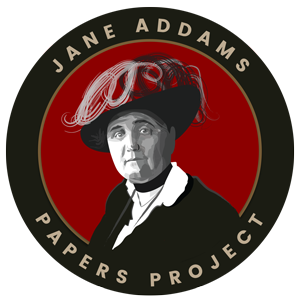
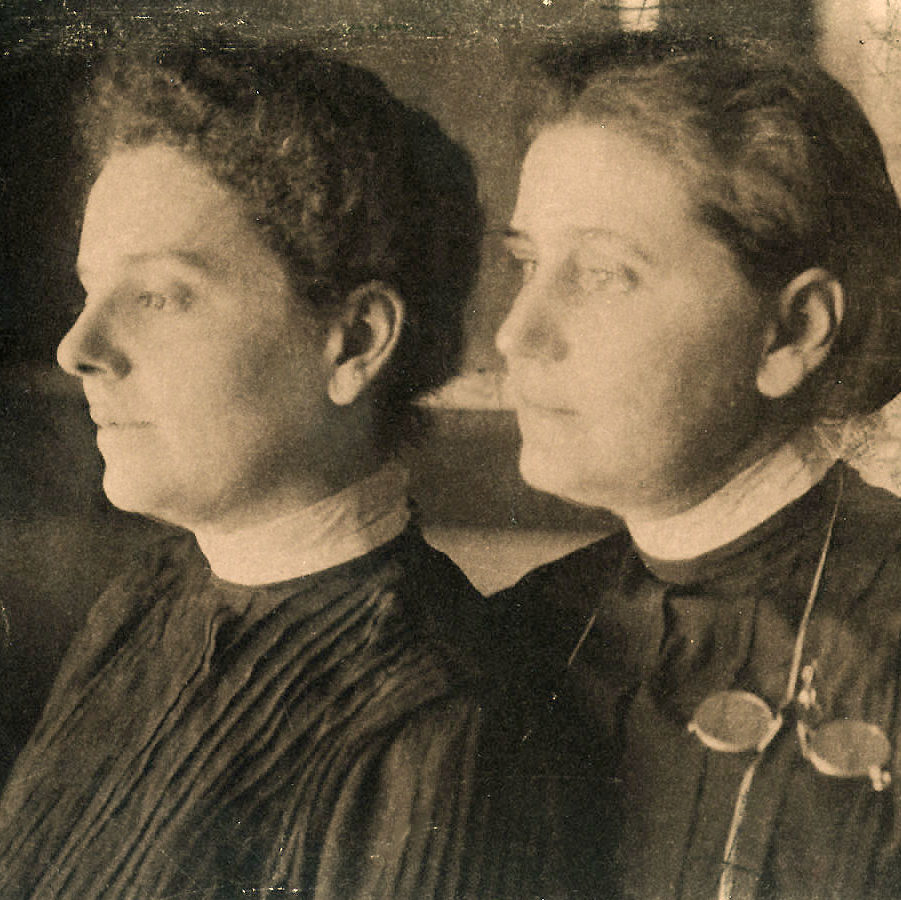
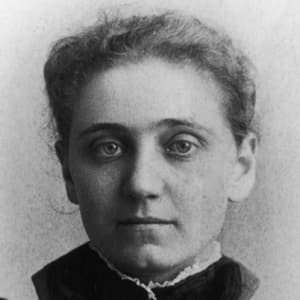
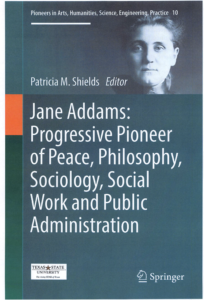 Jane Addams attended Rockford Female Seminary and was among the first class to receive a Bachelors degree. At Rockford she honed skills that would later be used in her career as the founder of Hull House, leader of the Suffrage, Settlement and Peace movements and her literary career as author of 11 books and hundreds of journal and magazine articles. At Rockford she was the Valedictorian, Editor of the school newspaper, President of the Debate Club and President of her class.
Jane Addams attended Rockford Female Seminary and was among the first class to receive a Bachelors degree. At Rockford she honed skills that would later be used in her career as the founder of Hull House, leader of the Suffrage, Settlement and Peace movements and her literary career as author of 11 books and hundreds of journal and magazine articles. At Rockford she was the Valedictorian, Editor of the school newspaper, President of the Debate Club and President of her class.
